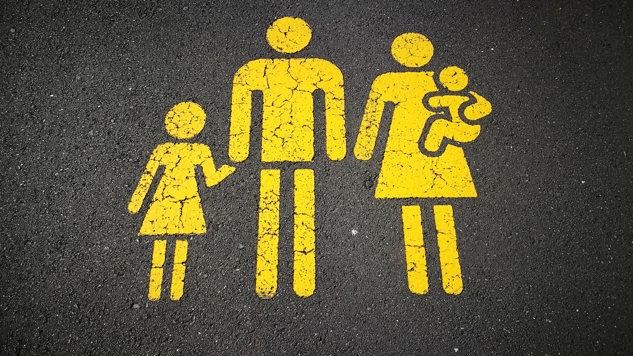One area where the 2016 rule changes have had the largest impact is family migration, which is the focus of study in this report. In particular, the stricter regulations meant that persons granted subsidiary protection status had very limited chances to get the right to reunite with their close family members. But the rule changes implied stricter regulations in relation to family migration affecting also other categories, and the Swedish population at large, e.g. in relation to support and housing requirements to be allowed to bring in a partner from a country outside of the EU. The report puts the Swedish rule changes in in a comparative perspective by analysing how they compare to: EU law, family reunification rules in other countries – both previous and current – in the neighbouring countries of Norway and Denmark.
Some overall conclusions and recommendations
- The report shows that the Swedish 2016 changes in family migration regulations represented a dramatic deviation from previous policies, motivated solely as a way to reduce asylum immigration. The intention was to adjust Swedish rules to the EU minimum level, in order to not deviate as the country with more generous rules.
- The mapping of the 30 European countries’ implementation of different categories of family reunification migration contributes to an understanding of what ‘EU minimal level’ is.
- This analysis further shows that the large asylum migration in 2015 provoked reforms and changes in regulations in all three countries. But whereas the changes in Denmark and Norway were in line with policy development which had been noted during a very long (Denmark) or rather long (Norway) period of time, in Sweden the changes are to be described in terms of a sudden and paradigmatic migration policy change.
About the author
The report, Family, Citizenship, Migration – Sweden’s policy on family immigration in a comparative perspective (2018:5) is written by Karin Borevi, associate professor and lecturer of political science at the Department of Social Sciences, Södertörn University and affiliated researcher at the Center for Research on Religion and Society (CRS), Uppsala University.
Picture by Sandy Millar from Unsplash.
